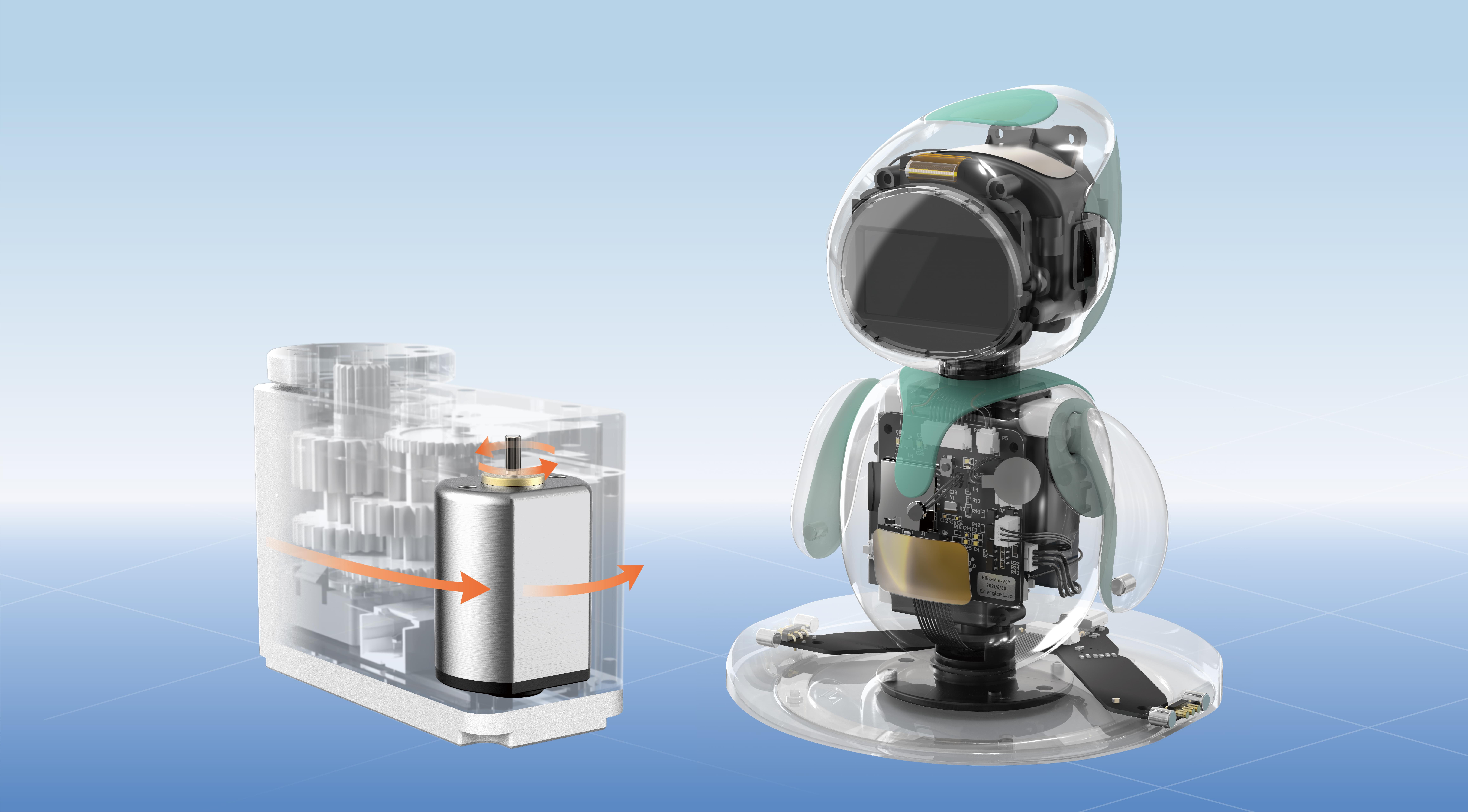Imagine you're at a bustling coffee shop. You order a latte, but the barista asks you, "Would you like it hot or iced?" That’s a simple choice, right? Now think about that in tech terms—how different is a microservice from an API? Not just their definitions but how they live and breathe in the digital world, shaping how businesses build and grow software.

Microservices are like a team of expert baristas working together. Each one has a specialty—say, one handles espresso, another thickens the milk, and someone else manages cups and standards. They operate independently, yet their combined effort makes your perfect coffee. When things go wrong in one part—say, the milk steamer breaks—they can fix it without shutting down the whole shop. That flexibility, that resilience? That’s the magic of microservices. They’re small, self-contained units that do one thing well, and when stitched together, they build a powerful, adaptable system.
APIs, on the other hand, are like the menu you see on the wall. They’re the communication bridge. APIs tell you, “Hey, if you send a request here, you get a response there.” They’re the rules that let different parts of the software talk to each other. Think of APIs as the waiter who takes your order and relays it to the kitchen. They don’t prepare the coffee themselves, but they make sure everything flows smoothly. They’re the backend messenger, enabling your system to fetch data, send commands, or integrate with external services.
Here’s the fun part—people often confuse the two. Asking, “Are microservices just a fancy way to talk about APIs?” Nope. While APIs are vital, they sit at a different layer. Microservices use APIs to communicate. It's like the microservice is a coffee machine, and the API is how you turn it on—an interface, a protocol. Without APIs, microservices wouldn’t function—they’d be isolated and voiceless.
What’s the real difference then? Microservices are architectural—they define how to split your app into small, manageable parts that can run independently. APIs are functional—they’re the tools that connect these parts, regardless of their size or purpose. If your system were a city, microservices are neighborhoods with their own rules, and APIs are the roads connecting them.
Now, when companies look to modernize their tech, they often ask: “Should I modularize my app or just improve my APIs?” That’s like asking whether to redesign your entire city or just fix a few roads. The answer depends on goals—scalability, resilience, speed. But understanding that microservices and APIs play distinct yet symbiotic roles is key. Without microservices, your API landscape might be monolithic and brittle. Without APIs, microservices are isolated islands.
In the end, both are tools in a bigger toolbox, and knowing when and how to use them can transform a sluggish app into a sleek, responsive system. It’s about building a digital environment where small, autonomous units talk to each other effortlessly—creating better experiences, faster innovations, happier customers. That’s the core beauty of understanding how microservices differ from APIs.
Established in 2005, Kpower has been dedicated to a professional compact motion unit manufacturer, headquartered in Dongguan, Guangdong Province, China. Leveraging innovations in modular drive technology, Kpower integrates high-performance motors, precision reducers, and multi-protocol control systems to provide efficient and customized smart drive system solutions. Kpower has delivered professional drive system solutions to over 500 enterprise clients globally with products covering various fields such as Smart Home Systems, Automatic Electronics, Robotics, Precision Agriculture, Drones, and Industrial Automation.




































